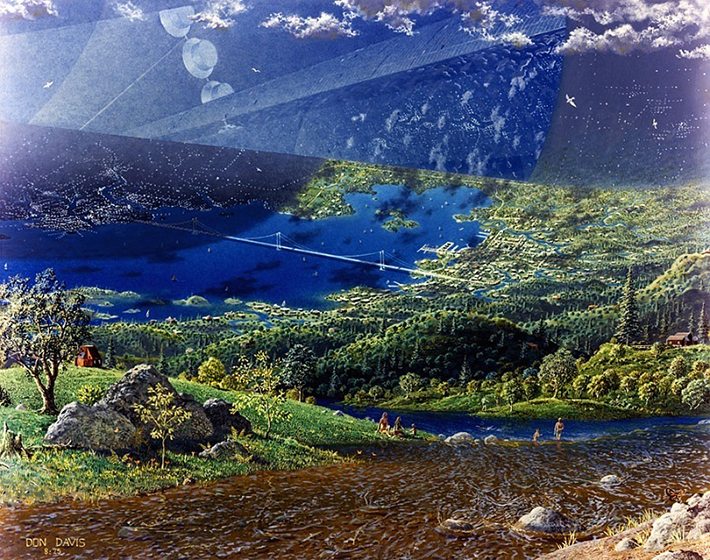In the summer of 1975, NASA produced futuristic designs of three different types of space colonies: The Stanford Torus, The Bernal Sphere, and The O’Neill Cylinder. Take a look!
The Stanford Torus
The Stanford Torus was the principal design considered by the 1975 NASA Summer Study, which was conducted in conjunction with Stanford University. It consists of a torus or donut-shaped ring that is one mile in diameter, rotates once per minute to provide Earth-normal gravity on the inside of the outer ring, and which can house 10,000 people. (via National Space Society)

www.nss.org
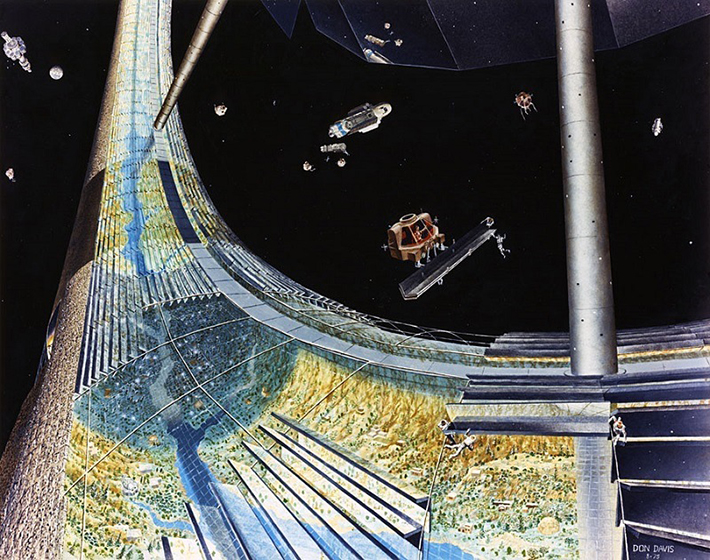
settlement.arc.nasa.gov
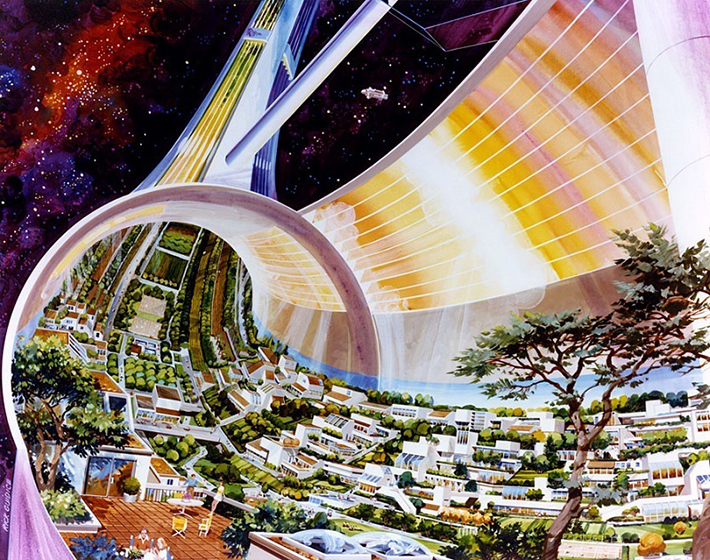
settlement.arc.nasa.gov
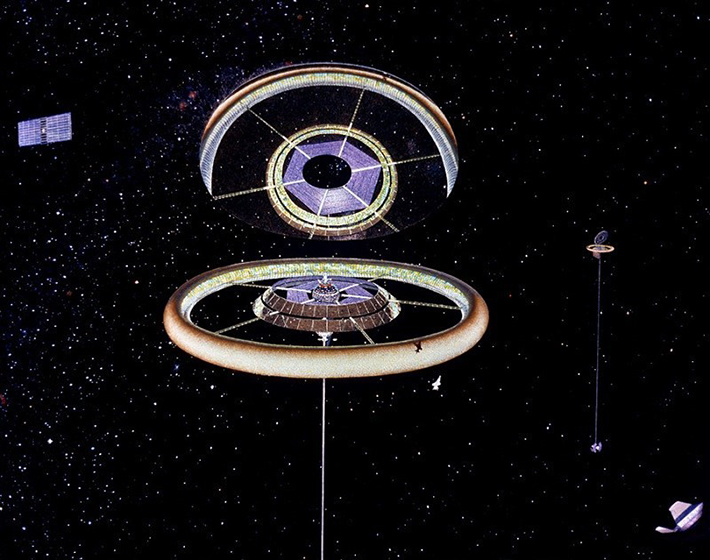
settlement.arc.nasa.gov
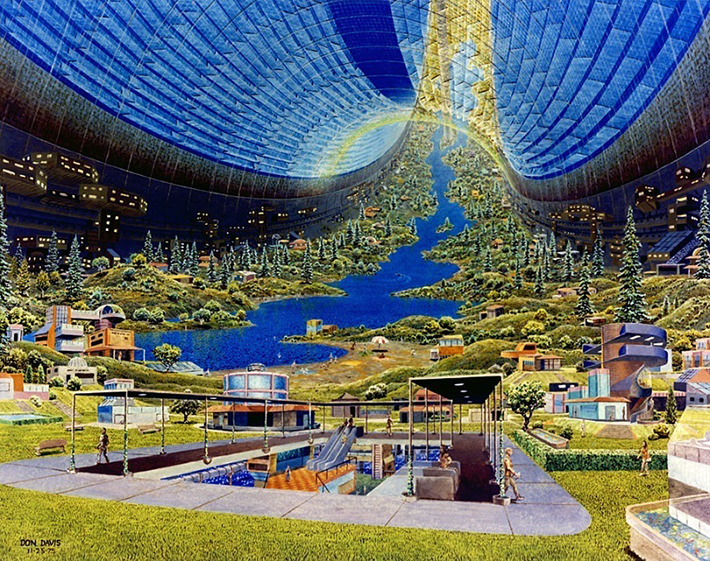
settlement.arc.nasa.gov
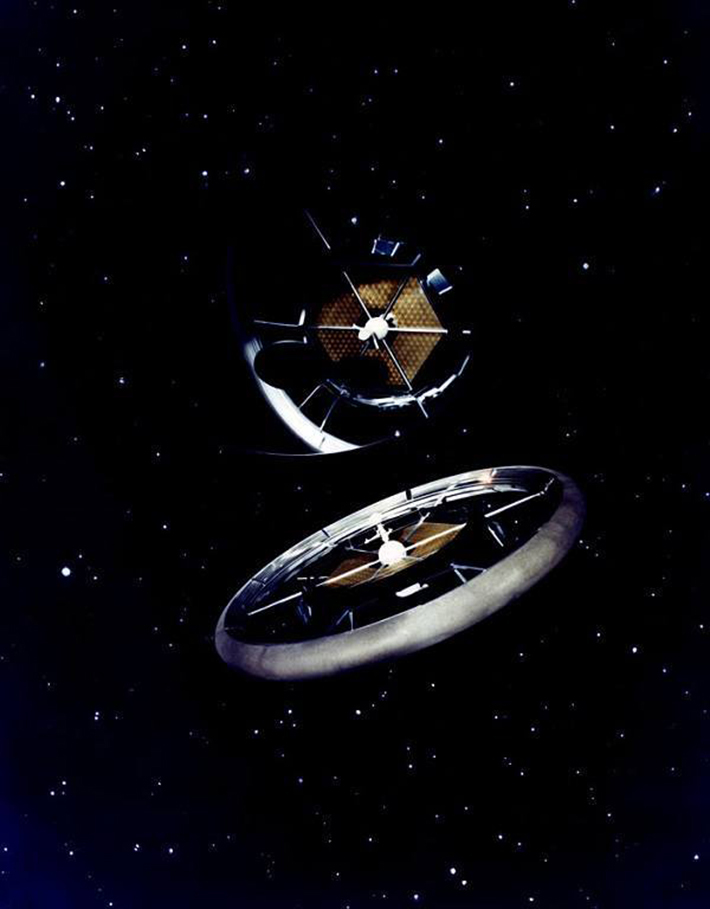
settlement.arc.nasa.gov
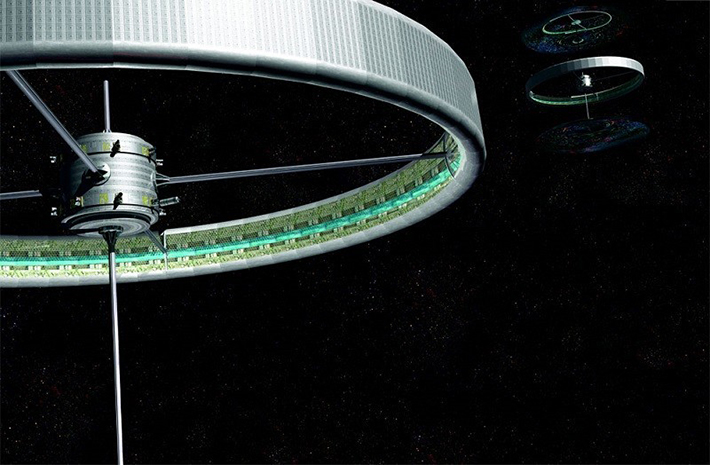
settlement.arc.nasa.gov
The Bernal Sphere
The Bernal Sphere design is very similar to that used in the science fiction series Babylon 5, although the original Bernal Sphere design is much smaller, only 1 mile in circumference, and can house 10,000 people. (via National Space Society)
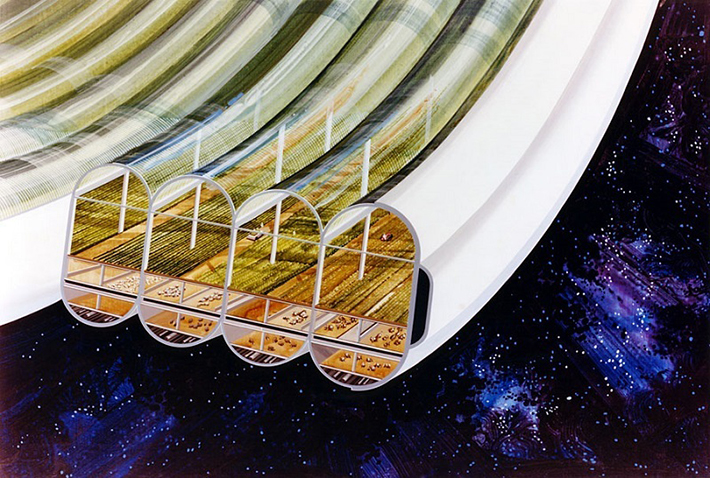
settlement.arc.nasa.gov
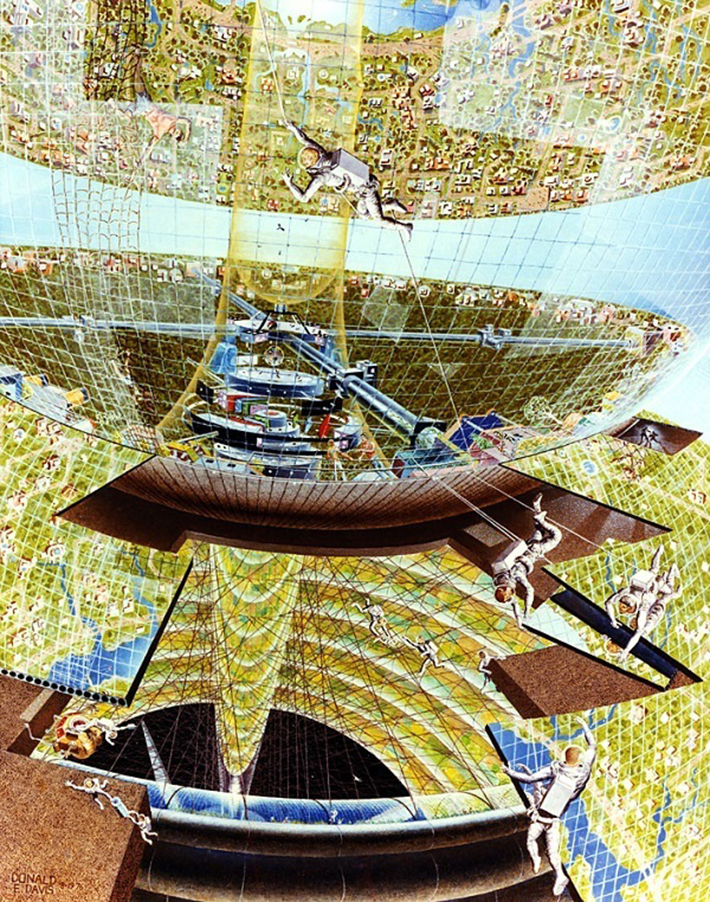
settlement.arc.nasa.gov
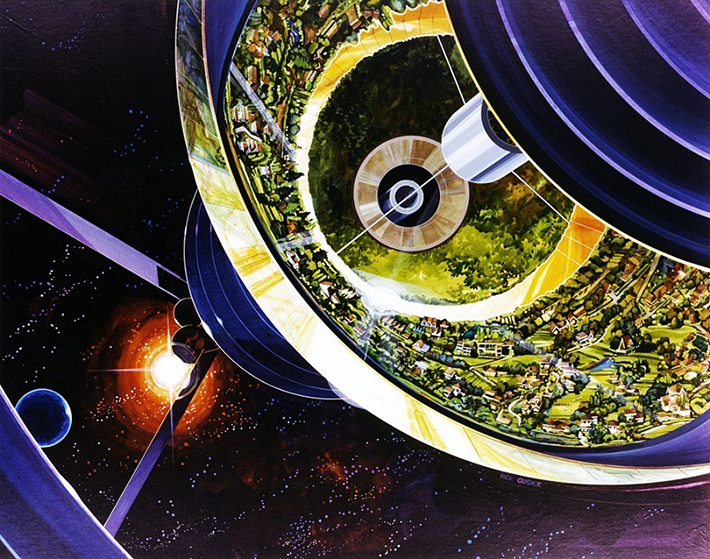
settlement.arc.nasa.gov
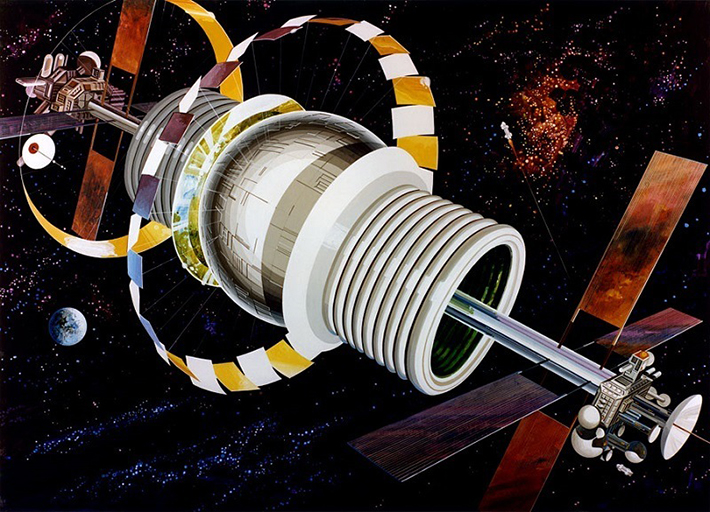
settlement.arc.nasa.gov
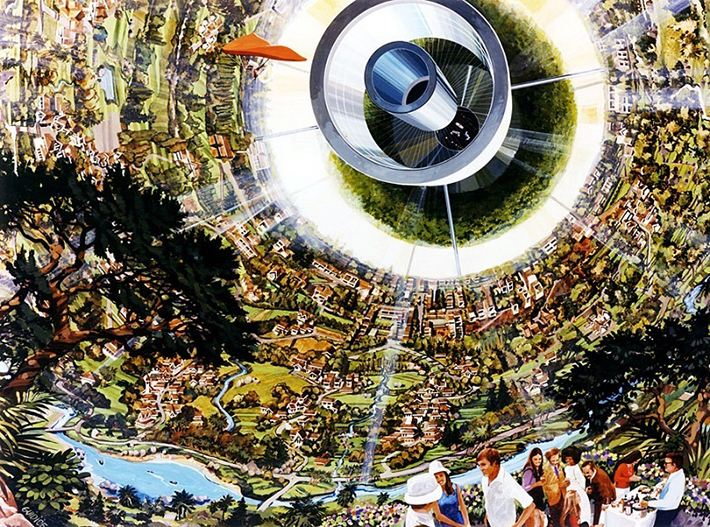
settlement.arc.nasa.gov
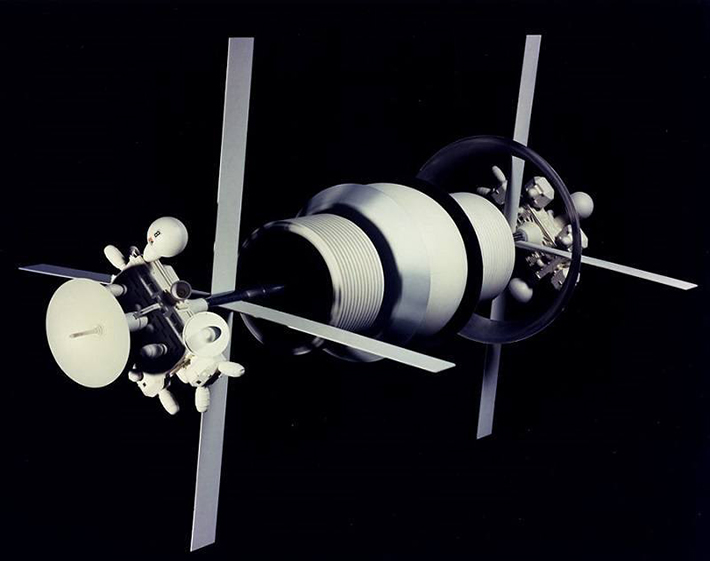
settlement.arc.nasa.gov
The O’Neill Cylinder
The O’Neill Cylinder, designed by Princeton physicist Gerard K. O’Neill, is considerably larger than the other two designs, and is referred to as an “Island 3” or 3rd-generation space colony. The configuration consists of a pair of cylinders, each 20 miles long and 4 miles in diameter. Each cylinder has three land areas alternating with three windows, and three mirrors that open and close to form a day-night cycle inside. The total land area inside a pair of cylinders is about 500 square miles and can house several million people. The cylinders are always in pairs which rotate in opposite directions, cancelling out any gyroscopic effect that would otherwise make it difficult to keep them aimed toward the sun. (via National Space Society)

settlement.arc.nasa.gov

settlement.arc.nasa.gov

settlement.arc.nasa.gov

settlement.arc.nasa.gov
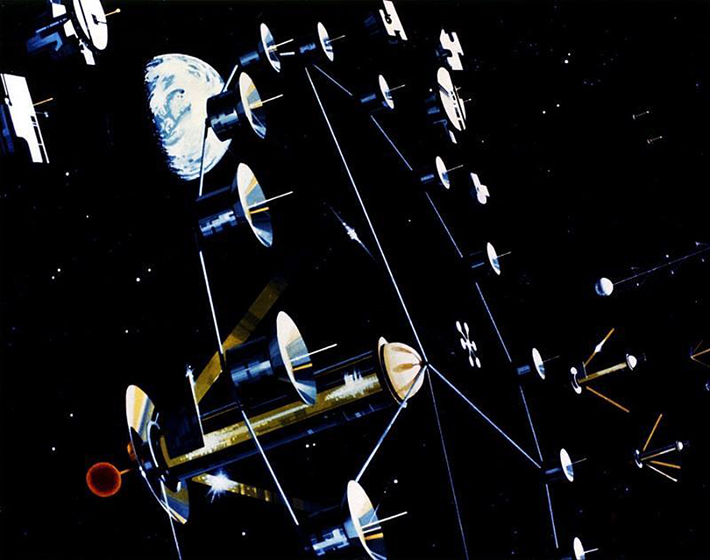
settlement.arc.nasa.gov
Mars
Following the success of the 1969 moon-landing, NASA set its sights on their next target: Mars. The 1970s-era NASA did not only created viable space colonies but also sought to develop interplanetary travel.
The Apollo Extensions Program explored possible plans: a manned lunar colony, Earth-orbiting space station, and space probe fly-bys for the entire outer solar system. (via ATI)

The surface of Mars, as photographed by NASA’s Mars rover. │ mars.nasa.gov
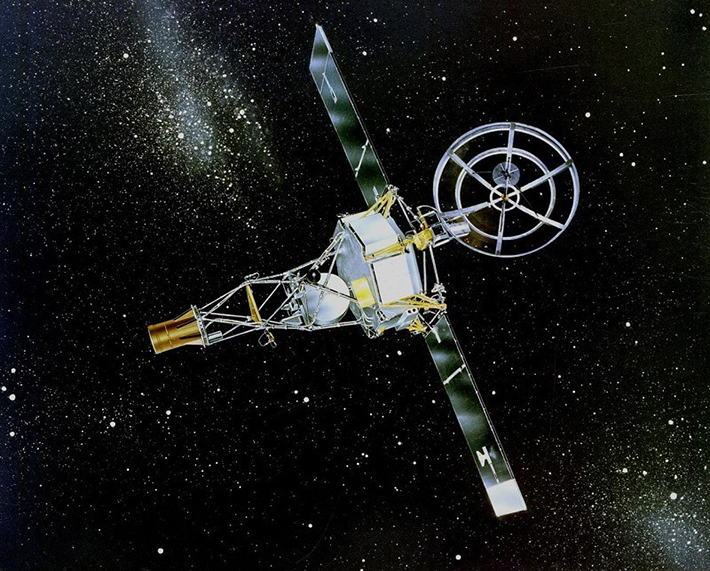
In the 1960s, the Mariner 2 was the first successful interplanetary spacecraft, flying within 21,000 miles of Venus. │ www.jpl.nasa.gov
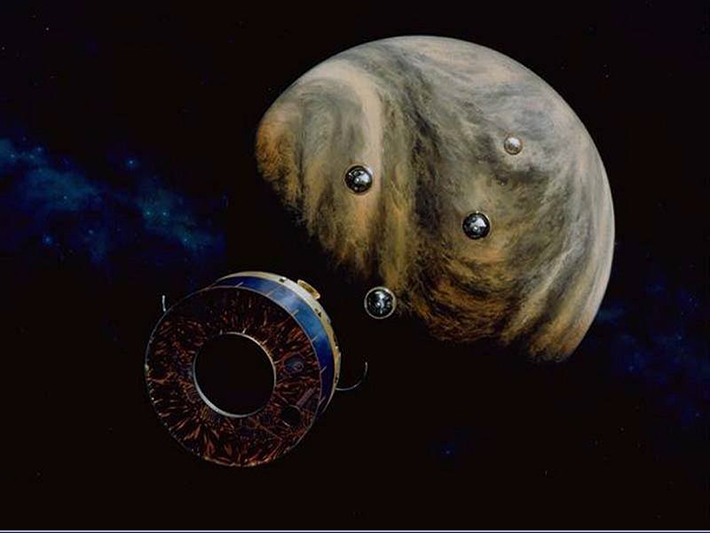
Artist’s conception of the Pioneer Venus Orbiter, which reached Venus on December 4, 1978. │ nssdc.gsfc.nasa.gov

Another artist’s conception of the Pioneer Venus orbiter. │ heasarc.gsfc.nasa.gov
H/t ATI

